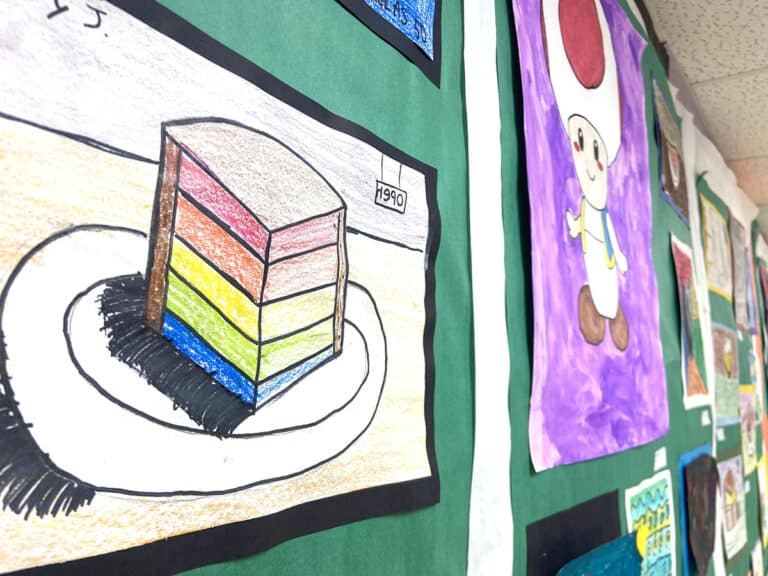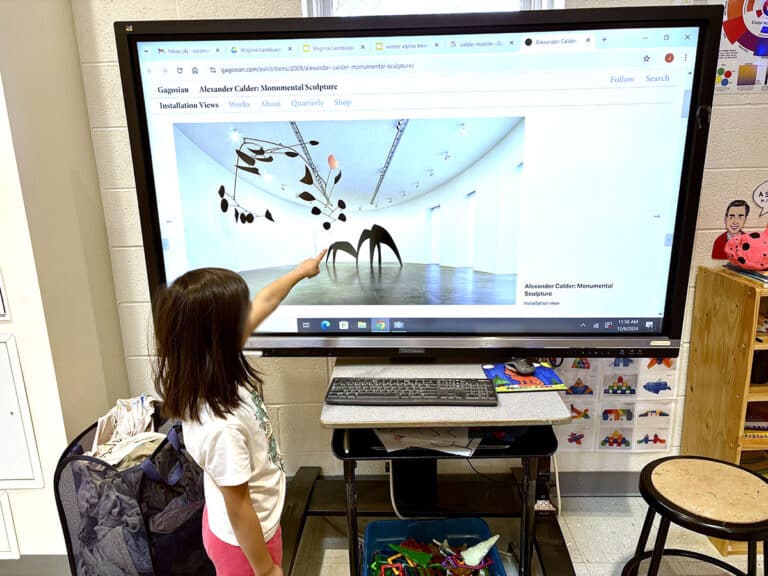Recently I was asked to speak about the importance of art education. I had my talking points, but believed the best people to ask about art education would be my former students. I reached out and asked them what they learned in art class and how it continues to impact their lives. It was exciting to reconnect and dive deeper into why art education is such an important discipline.
We all know the arts are fun for kids, but the arts also help with fundamental development.
Let’s take a look at 10 ways the arts help kids learn and develop valuable characteristics they will need as adults.
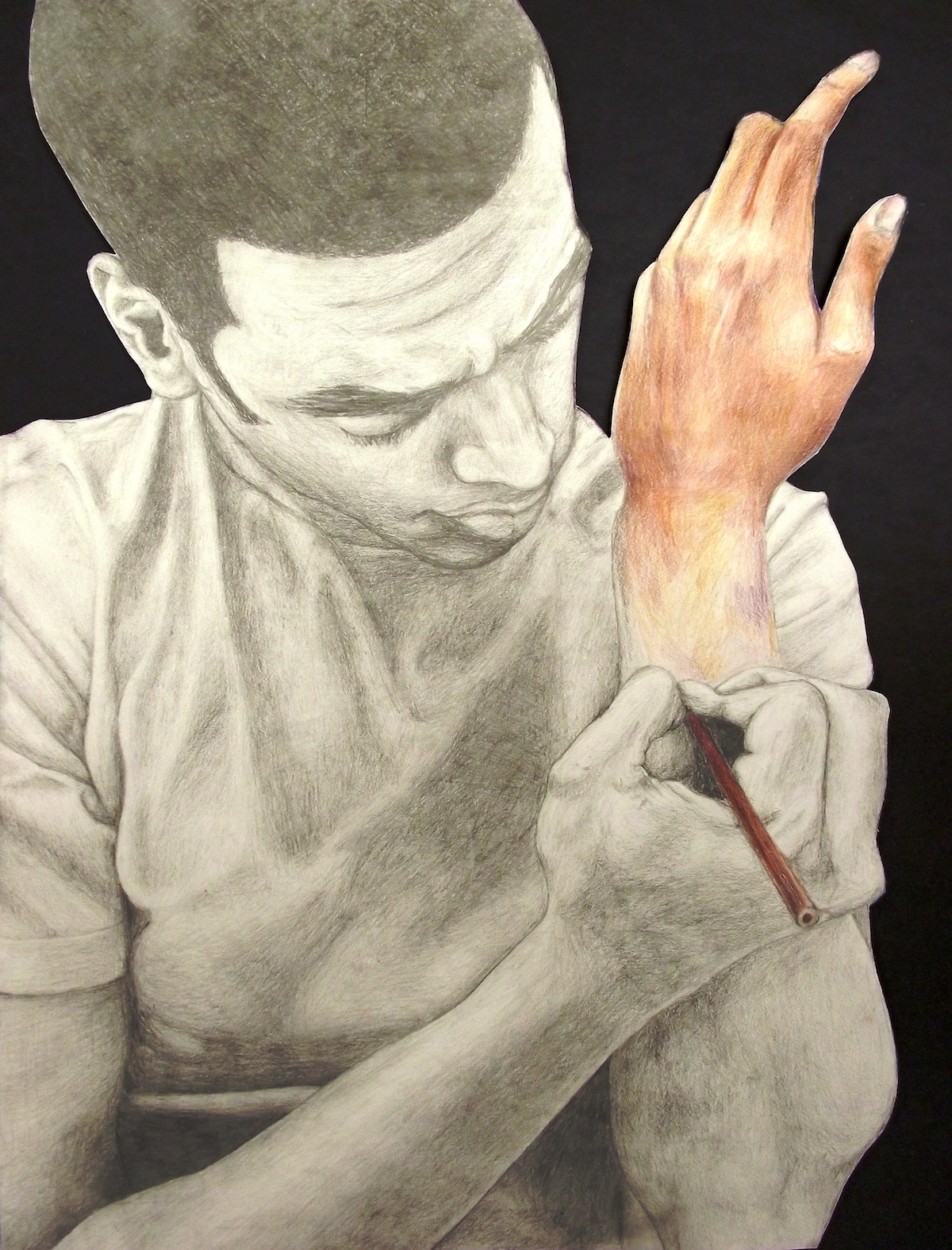
1. Creativity
We know the arts are all about creativity because they allow kids to express themselves. Math and science are important, of course, but the visual arts push kids’ creativity and divergent thinking skills to the next level. If children practice thinking creatively, it will come naturally to them now and in their future careers.
Here is what my student, Mori Haynes, Class of 2010 had to say:
“My high school art education constructed invaluable foundations for me as a creative professional. Just the very idea that I could take my innate drive as a maker to work creatively in any field of my choice has had a tremendous impact on my life. Having someone foster and promote my creative growth and ability to solve complicated design problems, think critically, and work collaboratively on creative projects has shaped my journey as a sculptor, as an art outreach educator, as a marketing professional, and most recently as a Master of Architecture student.”
2. Improved Academic Performance
The arts don’t just develop a child’s creativity. The skills they learn often spill over into their academic achievement. A report by the Americans for the Arts states, “A student involved in the arts is four times more likely to be recognized for academic achievement.” I think most of us know this, too.
Here is what my student, Ha Troung, Class of 2012 and Gates Scholarship Awardee had to say:
”I’m a second-year graduate student pursuing my Master of Public Health in Global Epidemiology degree at Emory University. I’m interested in the causes, trends, and methods for the control and prevention of health outcomes, particularly in global health and the social determinants of health. Studying the visual arts provided invaluable skills and a strong foundation for the education I’m pursuing today.
As an art student engaged in several art projects during a semester, I developed skills in research, project design and implementation, and time management. The creativity and innovation I sought for my art projects came from using my research and critical thinking skills to incorporate multiple influences into my art projects. These skills apply to academic or professional experiences and disciplines beyond the visual arts.
However, my favorite part of being an art student was learning about a variety of artworks and the time periods, historical events, and social issues that could have influenced the artist and the message they wished to convey through their art. As a public health student, I remain very interested in studying how history and societal issues shape health outcomes. Like the artists I’ve studied, I’m always aspiring for a better way to communicate and showcase the results of a project I’m working on so it will enlighten someone, make someone think differently about a topic, or bring attention to an issue I care deeply about.”
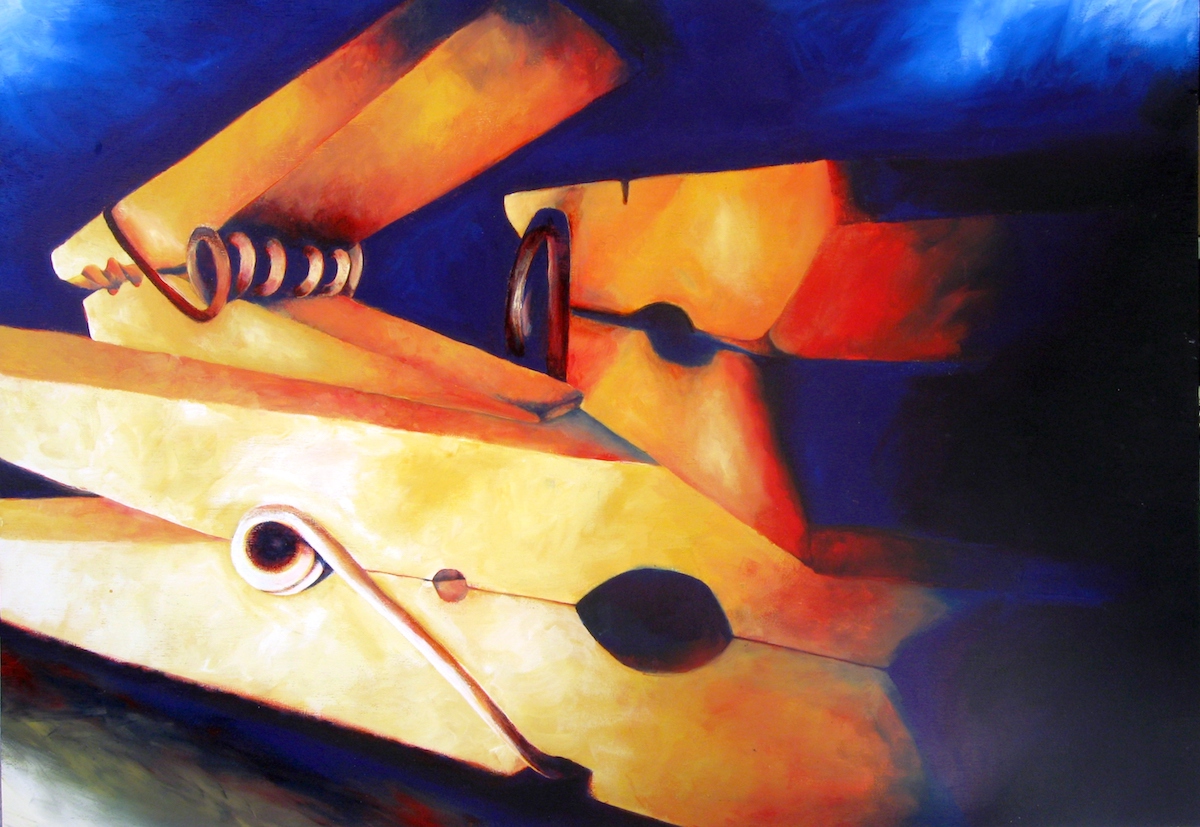
3. Fine-Tuning Fine Motor Skills
For younger kiddos, simple things like holding a paintbrush, making marks with pens, pencils or crayons, and cutting with scissors are important for the development of fine motor skills. Developmental milestones around age three should include drawing a circle and beginning to use safety scissors. Around age four, children may be able to draw a square and begin cutting straight lines with scissors. This continues throughout the years where students begin to merge their technical skills with their creative skills.
Here’s what my student, Alicia Burgum, Class of 2013 had to say:
“Today, I am a teacher and a freelance artist. I continue to do about ten orders a year along with my full-time job as an educator. My high school art classes have prepared me for my work today by giving me a broad range of skills and techniques that I still use. In my high school classes, I also developed my overall art style which I believe has not deviated much from what I produce today. As a teacher, art is a great way to make some extra money on the side. I’m grateful to have the training working with various mediums and designs in high school, that have provided me with a strong foundation to make me the artist I am now.”
4. Confidence
While mastering a subject certainly builds a student’s confidence, there is something special about participating in the arts. Using materials that turn into visual stories is magical, and it helps students feel more confident. As they improve and see their own progress, their self-confidence continues to grow.
Here’s what my student, Elizabeth Hamilton, Class of 2014 had to say:
“The first time I felt a truly fulfilling sense of accomplishment was during all of my art classes at North Gwinnett High School under the guidance of Ms. Kim and Ms. West. Early on, I didn’t understand the effect art would have on my future. Creating was more like a game to me then. I took it seriously, but nothing compared to what I view it as today. Not until my junior year of high school did I fully understand the potential my future had in art. The art classes and after school activities taught me patience and determination to finish any task brought to me.
To this day, I always look back at my early art career and think ‘look how far I’ve come.’ My confidence continued to grow, and since then I’ve finished my degree in Visual Communication at the School of the Art Institute of Chicago, and I am now waiting for my internship with Adult Swim’s Creative Group to start in the summer. Art is my life, and I’ll never regret the choices I made early on while in art class.”
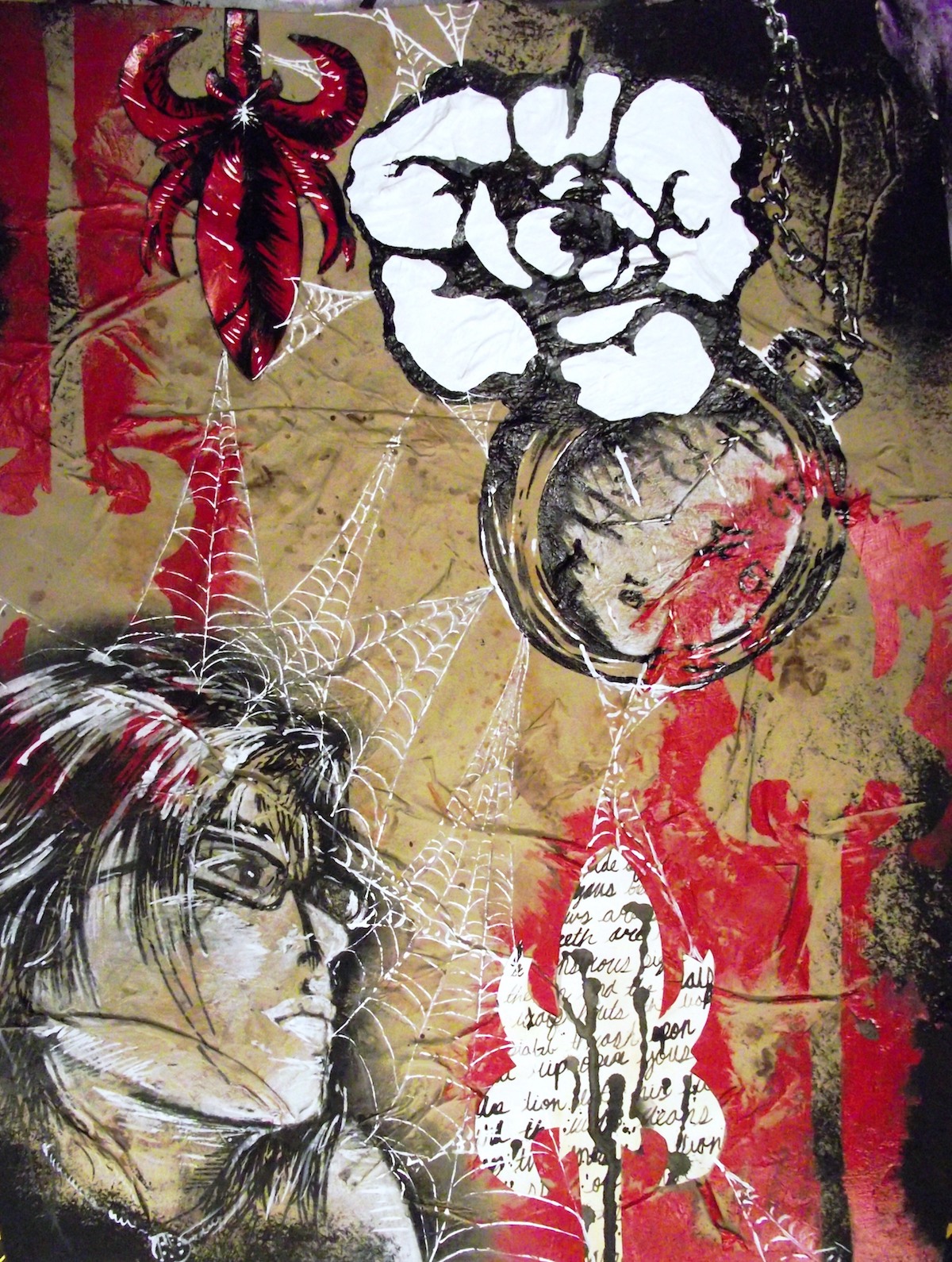
5. Visual Learning
Drawing, painting, and sculpting in art class help to develop visual-spatial skills. As art educators, we know children need to know more about the world than just what they can learn through text and numbers. Art education teaches students how to interpret, criticize, and use visual information, and how to make choices based on that information.
Here’s what my student, Mary Truong, Class of 2016 had to say:
“I am currently a junior at Northwestern majoring in visual arts and computer science. I like building computational art installations that allow viewers to participate in the artwork. I think these works create a more transformative art experience than passively looking at paintings, and I hope groups interacting with my art have a connection through shared participation. The art I did in high school gave me a technical, artistic foundation that prepared me to build these complex works.”
6. Decision Making
We know the arts strengthen problem-solving and critical thinking skills. Learning how to make choices and decisions will certainly carry over into our students’ education and other parts of life.
Here is what, Jabari Parker, Class of 2008 had to say:
“Art classes give many students a first chance to explore their creative potential and gauge how it could relate to future careers and higher learning opportunities upon graduating. The possibilities are endless as long as you focus on your gifts! With social media and the Internet, you truly have the power to reach the world with a point of view only you can bring! As a printmaker and prepress technician, my high school art classes laid the foundation for the creative person that I am.”
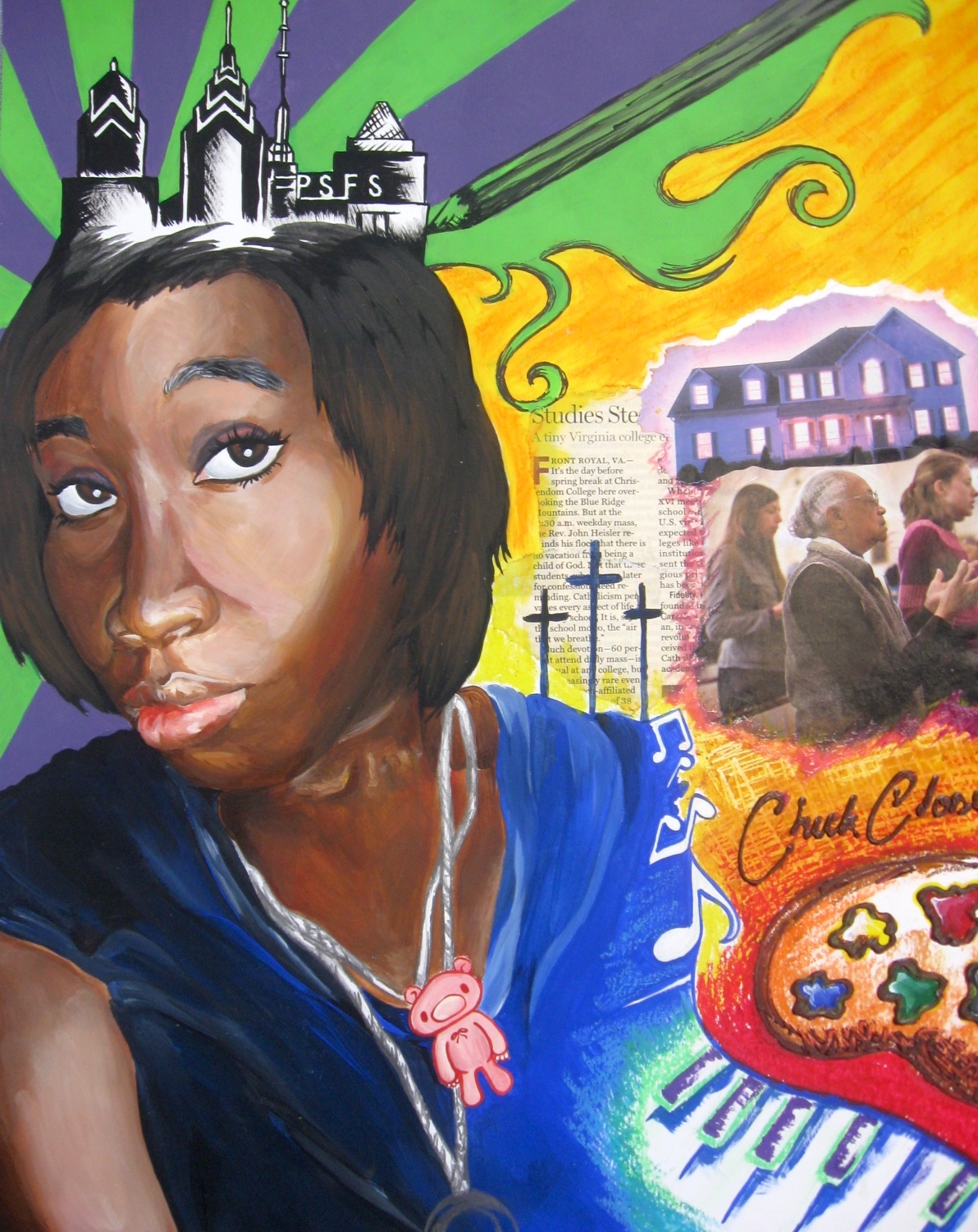
7. Perseverance
As we are all aware, the arts can be challenging. I have always said, it’s called artwork for a reason! Successful artists don’t quit. They learn that hard work and perseverance pay off. This mindset matters as they grow. As artists choose their career paths, they will be asked to continually develop new skills and work through difficult projects.
Here’s what, Doo Lee, Class of 2011 and student body president had to say:
“I graduated from Yale in 2015 and currently work as a Product Researcher at Google. My team and I produce qualitative data that informs strategic changes to Google’s advertising products. I’m so glad that I took art in school because it instilled in me a habit of creativity and pushed me never to quit. I exercise the same brain muscles that I use to draw when I try to problem-solve a difficult work issue or when I’m thinking of ways to present dense information in an easy-to-understand way.
Knowing the principles of design and practicing artistic creativity can help you distill large ideas into concise forms and organize scattershot thoughts into a compelling narrative. Additionally, taking art throughout high school allowed me to succeed academically in all my other classes by forcing me to utilize all aspects of my mind. This success in high school paved the way for subsequent success in college and beyond.”
8. Concentration Skills
As artists persevere through a painting or a drawing, focus and concentration are imperative. We know concentration skills are also vital for studying and learning in class as well as completing professional tasks later in life.
Here’s what Allison Eddy, Class of 2011 had to say:
“I graduated from NGHS in 2011, went on to SCAD to major in animation and now I am an (Expat!) 2-D animator, working and living in Halifax, Nova Scotia. High school art classes were vital to me because, although I wanted to be an artist, I didn’t know what that path might look like, or even where I should start. My parents were discouraging; though it came from a place of love because no other family members were successful artists, we had no roadmap. High school art classes gave me the foundation and the language to start to figure out what being an artist might look like for me. Nowadays, I work in kids’ television often animating the characters I grew up with for clients like Disney, Amazon, and Boomerang.”

9. Collaboration
Many of the visual art projects I’ve had my students do require them to work together. They must share responsibility and compromise to achieve their common goal. I think the arts teach kids their contribution to the group is integral to its success.
Here’s what my student, Brandon Whitman, Class of 2010 had to say:
“One of the most influential skills I learned from my high school art days that I still use today is perspective. I work at a credit union as a mortgage loan originator. While this career is pretty far from a career in the arts, I have found that a lot of skills that drive my success as a loan originator were derived from my experiences and lessons learned in my high school art classes.
For example, in art class, we were taught that a single piece of art could be interpreted or viewed differently depending on where you stand, what kind of mood you are in when viewing it, etc. In my role when I am presented with a request, I have significantly better options for them when I take a step back and look at the request from several different angles. This also gets the creative juices flowing and allows me to come up with multiple options that my clients can choose from. I believe that this sets me above similar individuals in my field who lack the perspective or ‘drive’ to think outside the box and provide more than one way to cross the finish line.”
10. Accountability
Just like collaboration, kids in the arts learn they are accountable for their contributions to the group and to their individual artmaking. Mistakes are a part of life, and learning to accept them, fix them, and move on will serve students well as they grow older.
Here’s what my student, Lexi Wood, Class of 2009 had to say:
”I currently live in Brooklyn, NY and work in Soho as an Industrial Designer for a retail company. We do pop-up stores, store displays, and promo accessories for brands around the world. I’m creative, but also highly ambitious. I can actually accredit this independence to my high school art classes. When I was in high school, I was confused and felt pressured to pick what I needed to do the rest of my life way too early. Then I started taking art classes, and I had an outlet for my frustrations that I eventually figured out was my passion. It opened a whole new world to me that I never knew existed, and led me on a path of creativity and worldly-preparedness. I have artistic influences and insights on past designers and artists that have helped shape my personal style to the designer I am today.”
These are a few “real-world” ways the arts impact our students’ lives.
The arts matter, maybe now more than ever. I think my student, Brandon Park, Class of 2015 said it best when he talked about the importance of a strong foundation:
“I am a senior at Parsons School for Design in New York. I have interned at companies and agencies like Viacom (Times Square), MTV (Times Square), and 26FIVE (Flatiron). Even now, I still get freelance job offers. Right now I plan on interning again during the spring of 2019.
How have high school art classes helped me? Foundation, foundation, foundation. I cannot stress enough how important foundation is for any striving art and design student. You would be surprised how many students misunderstand the importance behind knowing the basics as they breeze by it thinking that they’re going to be fine in the long run, when in the end they tend to forget the most simple techniques. My experience during my art journey in high school was the first step to becoming a professional artist and designer. Knowing the ‘basics-of-the-basics’ can exponentially help with every project that you start with and holding tight to the foundations of art is a reminder to consider the importance of the foundations for life!”
Why do you think art class is important?
How are your past students using art in their lives today?
Magazine articles and podcasts are opinions of professional education contributors and do not necessarily represent the position of the Art of Education University (AOEU) or its academic offerings. Contributors use terms in the way they are most often talked about in the scope of their educational experiences.


